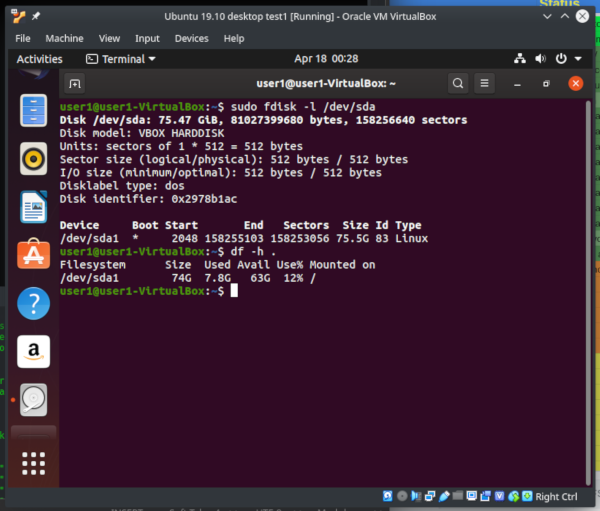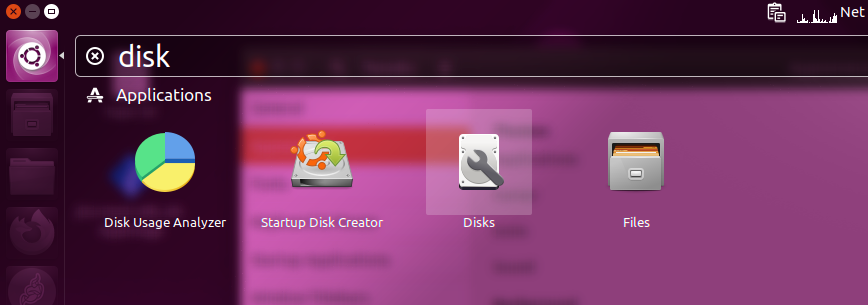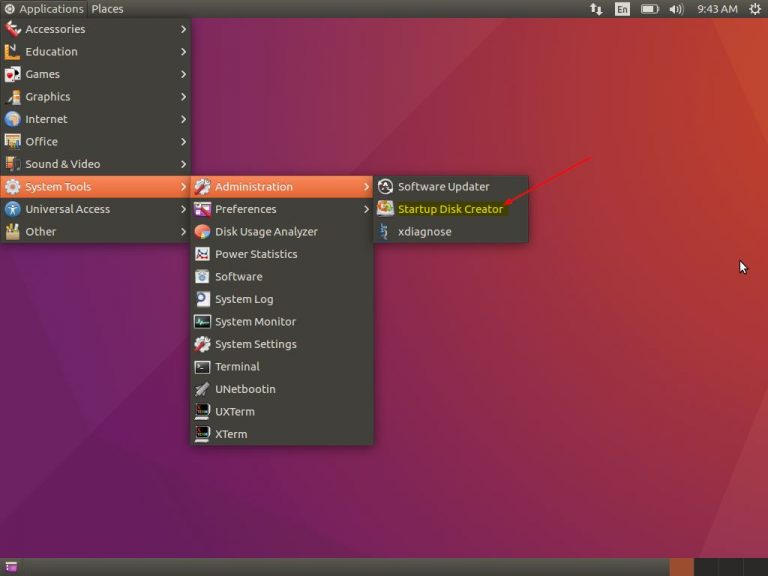

- #Ubuntu disk manager how to#
- #Ubuntu disk manager install#
- #Ubuntu disk manager update#
- #Ubuntu disk manager plus#
- #Ubuntu disk manager free#
#Ubuntu disk manager how to#
The description says it enables Logical Volume Management so you can take snapshots and more easily resize your hard disk partitions here’s how to do that. To open the Gparted Linux partition manager application just type gparted on the shell prompt. Ubuntu’s installer offers an easy Use LVM checkbox. Ii gparted 0.25.0-1 amd64 GNOME partition editor ||/ Name Version Architecture Description |/ Err?=(none)/Reinst-required (Status,Err: uppercase=bad) | Status=Not/Inst/Conf-files/Unpacked/halF-conf/Half-inst/trig-aWait/Trig-pend sudo dpkg -l gparted # Confirm installed Packageĭesired=Unknown/Install/Remove/Purge/Hold to confirm the same refer the below command. We have successfully installed the GParted Partition Editor successfully. Setting up libparted-fs-resize0:amd64 (3.2-15). Processing triggers for man-db (2.7.5-1). Processing triggers for hicolor-icon-theme (0.15-0ubuntu1). Processing triggers for mime-support (3.59ubuntu1). Rebuilding /usr/share/applications/bamf-2.index. Processing triggers for bamfdaemon (0.5.3~bzr0+0824-0ubuntu1). Processing triggers for desktop-file-utils (0.22-1ubuntu5). Processing triggers for gnome-menus (3.13.3-6ubuntu3.1). Processing triggers for libc-bin (2.23-0ubuntu5). Selecting previously unselected package gparted. Selecting previously unselected package libparted-fs-resize0:amd64. 174198 files and directories currently installed.) Selecting previously unselected package libgtkmm-2.4-1v5:amd64. Get:3 xenial/main amd64 gparted amd64 0.25.0-1 Get:2 xenial/main amd64 libparted-fs-resize0 amd64 3.2-15 Gparted libgtkmm-2.4-1v5 libparted-fs-resize0Ġ upgraded, 3 newly installed, 0 to remove and 345 not upgraded.Īfter this operation, 6,973 kB of additional disk space will be used.ĭo you want to continue? y -> Enter "y" to continue the installation The following NEW packages will be installed: Xfsprogs reiserfsprogs reiser4progs jfsutils kpartx dmraid dmsetup gpart libparted-dev The following additional packages will be installed:
#Ubuntu disk manager install#
sudo apt-get install gparted # Install GParted Partition Editor Package
#Ubuntu disk manager update#
USEFUL LINUX FDISK COMMAND WITH EXAMPLES – A LINUX DISK PARTITION TOOLĪfter update the packages and repositories let’s go ahead and install GParted Linux partition manager using below command.BEST USEFUL LINUX DF COMMAND WITH EXAMPLES.Continue with Step Number 5 before this Alternative section.You see drive name appears on left panel.This is more quicker way to format a flash disk drive as you can do it via right-click at file manager similar to popular operating systems. That makes it easy to understand and operate. New disk named MYPANDA should appear on left panel. This Ubuntu server manager is very precise in terms of design elements, no clutter elements of the screen.


#Ubuntu disk manager plus#
See if Disk Utility displays plus button under Volumes section.This is still incomplete as you need to continue in order to make the drive usable.Successful formatting will display "Free Space" and "Unallocated Space" under Volumes and Contents fields on Disk Utility.Click Format button below "Are You Sure?".Read carefully once again so you are sure it is the correct disk.Appears a dialog asking "Are You Sure?" displaying detailed info about the disk drive.Appears a small dialog with two options, Erase and Partitioning.When you selected a drive, you should see these information. To make sure, see the label ("name") and brand, for example mine here is labeled Zorin OS and it's branded SanDisk Cruzer Blade with 16GB capacity. A USB Flash Drive should be smaller in capacity compared to your hard disk, for example, common flash drive today are between 8GB and 32GB, where hard disks today are 128GB up to 1TB. You should correctly select drive you want to format. GNOME Disk Utility is called simply Disks on Ubuntu 19.04 (released 2019) If you still cannot run it, use you Terminal and invoke command line $ gnome-disks. If you don't find it, perhaps it's named with other name such as "disks" " or "disk utility". Open start menu and find GNOME Disk Utility program. You should see notification on your screen that a drive is inserted. Plug your flash drive in to your computer's USB port. You ought to know as you will use these later. On Disk Utility, you will see 3 points, the Drives section, the Menu button, and the Gear button like illustrated below. May you always have safe disk formatting!
#Ubuntu disk manager free#
If you want to do it from Ubuntu file manager instead, feel free to go to Alternative section at the end. We will use built-in tool in Ubuntu called Disk Utility.

This tutorial explains step by step to format a USB Flash Drive on Ubuntu.


 0 kommentar(er)
0 kommentar(er)
